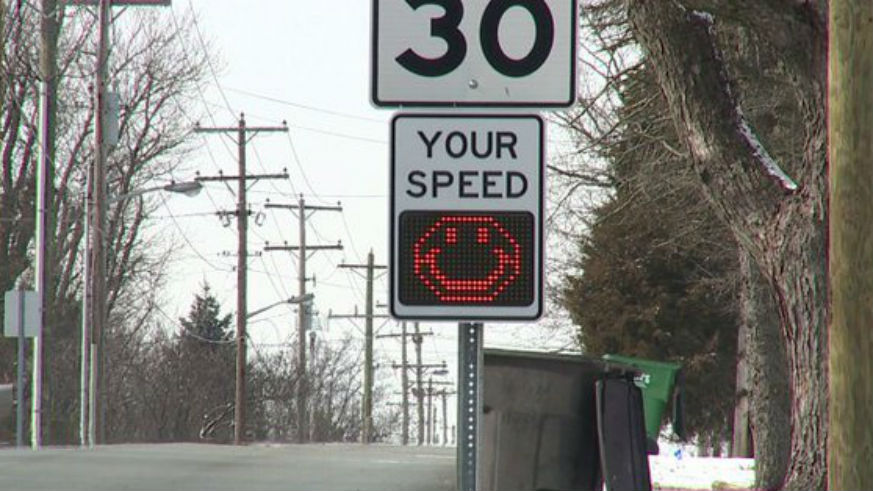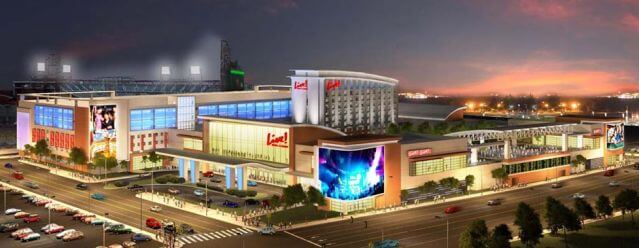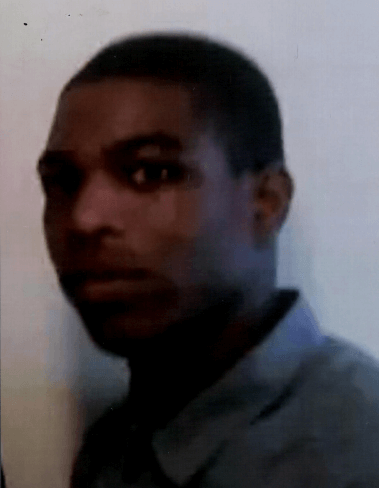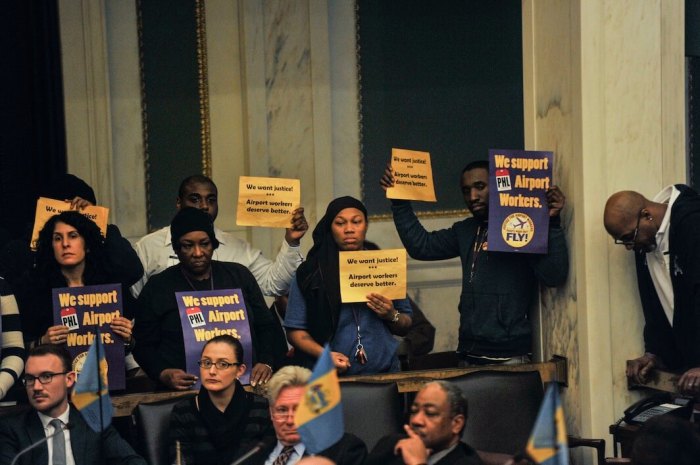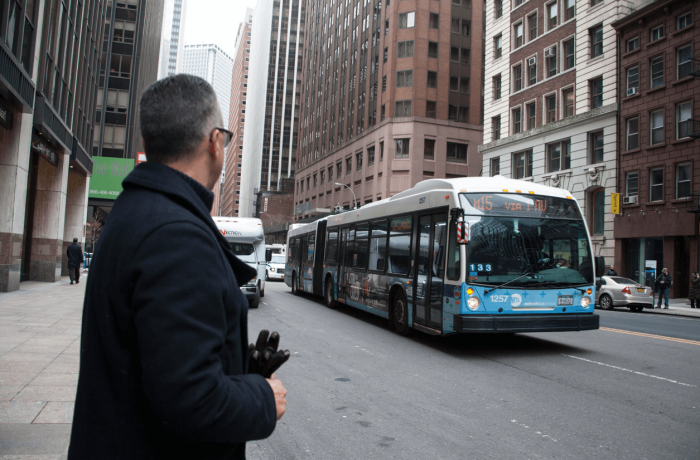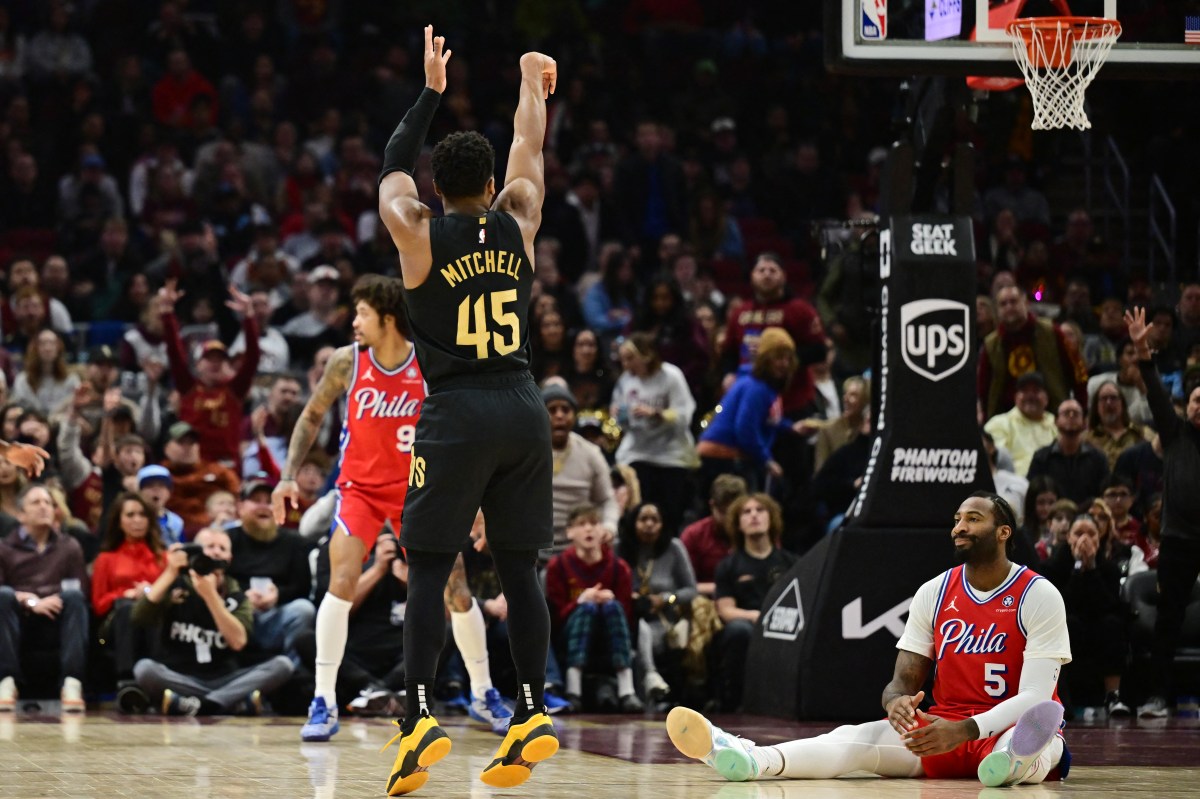A police department in Danville, Indiana is testing out a new way to implement safety on the roads. Hint: it’s super hip.
Tuesday morning the Danville Metropolitan Police Department installed a “Digital Driver Feedback” speed limit sign along one of its roads — Lincoln Street — which officers say is “notorious for speeders,” reports CBS4Indy. Along with flashing your speed, it will utilize America’s favorite form of communication: emojis.
Emojis are moving from your phone to the streets to help Danville police reduce speeding. https://t.co/1a3soclCAB
— CBS4 Indy (@CBS4Indy) February 7, 2018
If you’re driving at or below the speed limit, the sign will give you a smiley emoji, and if you’re going above the speed limit, it will “flash for you to slow down” and give drivers a frowny emoji, said Danville police officer Nate Lien.
Why an emoji sign? To connect with younger people taking the wheel and to better communicate with today’s drivers.
“We felt like getting [a sign] that’s [using emojis] is kind of connecting with the times that we’re in, connecting with the youth that we have in today’s society and connecting with the community in a better way other than just telling them to slow down,” Lien said.
It will also record what time of day drivers speed the most, and Lien said the department will use this data to “not only increase the concentrated patrols that our officers already do, but it’ll give us a better location and a better time to pinpoint when it’s [a] problem.”
The expressive emoji sign will be moved to different locations throughout the town of Danville.
Variations of these signs can be seen in some locations across the country and overseas in places like Australia and even Dubai.
New speed evaluation signs on Banks Street in Alderley. You get a smiley face or a slow down! @NewsTalk4BC next pic.twitter.com/YEDxTEWJtt
— Gabrielle Burke (@GabrielleGBurke) May 21, 2013
In the first week of the current school year, #RTA started sending smart messages to interact with motorists and parents. 1/3 pic.twitter.com/FezduMYXBb
— RTA (@RTA_Dubai) September 16, 2017
“As with all experimental treatments, there is the question of a novelty effect, of drivers eventually returning to their old behavior once they’ve ‘figured out’ the trick,” Tom Vanderbilt, the author of “Traffic,” told BBC.
Visual effects and illusions on the road such as painting jagged or sharp lines, which “can frighten drivers enough to slow down,” are also deemed effective, Ram Prasad, founder of Mumbai-based behavioral science and design firm Final Mile, told the news site.
Road planners in Philly even once printed 3D illusions of speed bumps on city streets.
Over a decade ago in 2006, Chicago’s Department of Transportation saw 36 percent fewer crashes along a “hot-spot for crashes” (a bend at one of the city’s roads) in the six months after white lines were painted to illustrate “shrinking distances.” It ultimately caused drivers to reduce their speeds.
Prasad explained that the Digital Driver Feedback signs (or emoji signs) that flash faces at drivers build empathy. “And instead of just saying ‘drive slowly,’ we show what happens if you drive fast.”
And hey, they may even brighten your day. Imagine that.
If nothing else in life I’m glad that I can make the little smiley speed signs happy ?
— Dale Grant (@DaleJayGrant) October 7, 2015

